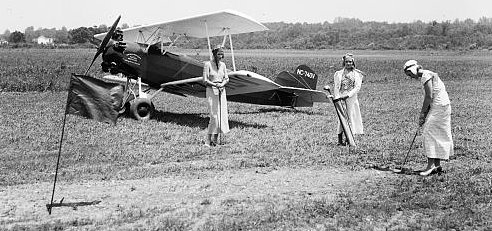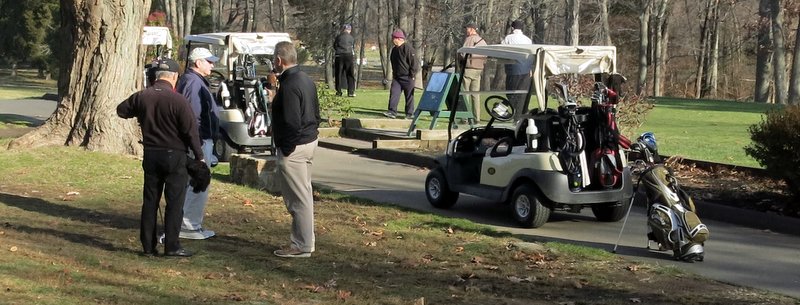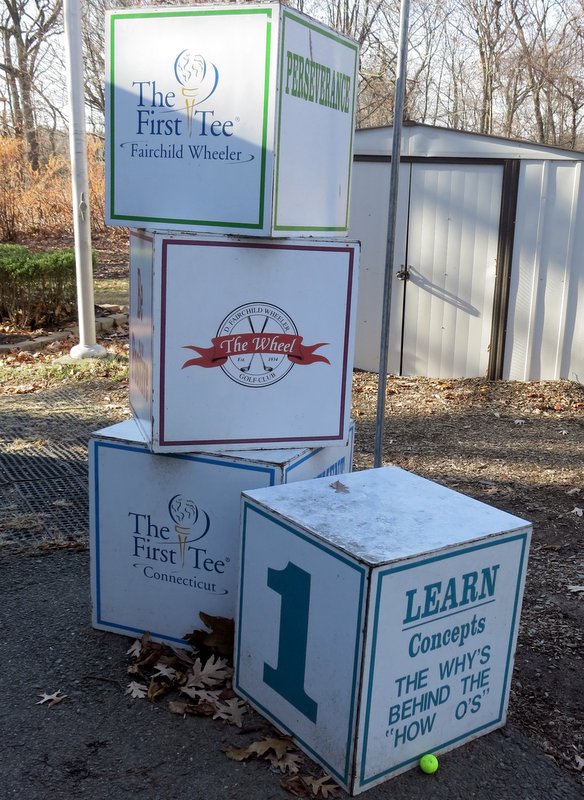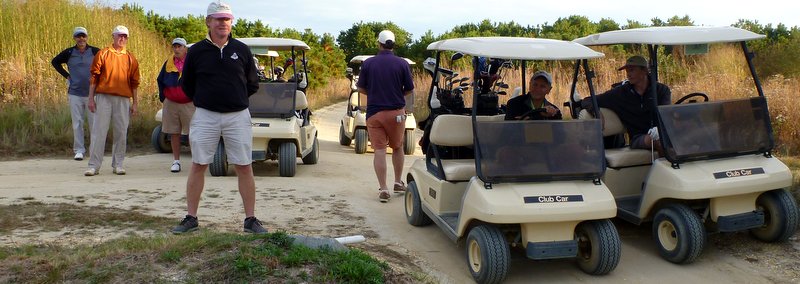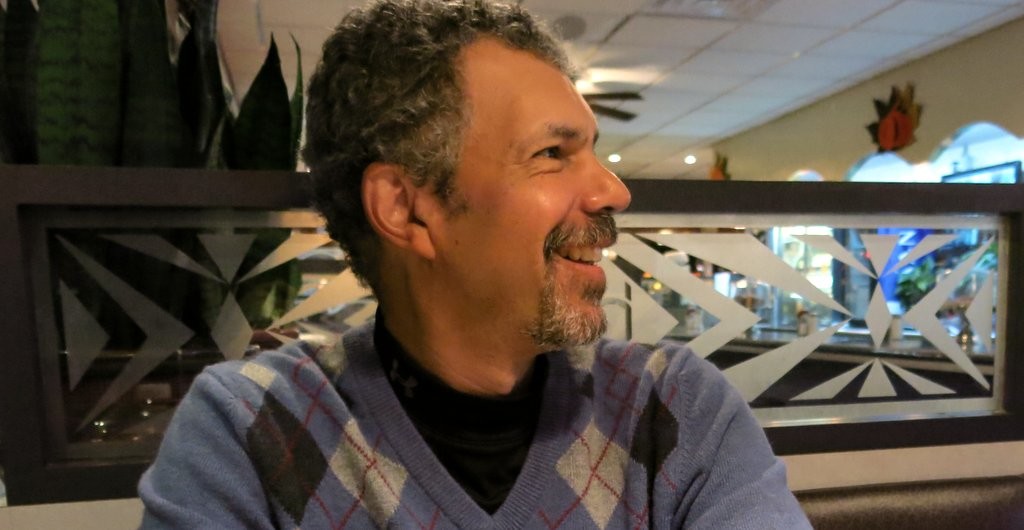David Brailsford, a former competitive cyclist, became the performance director of the British national team in 2003. British Cycling had stunk for most of a century, but Brailsford believed he could turn the team around by applying an idea he’d begun to formulate while earning an MBA—an idea he later described to the Harvard Business Review as “a philosophy of continuous improvement through the aggregation of marginal gains.” He was convinced that, if he and his cyclists broke down everything they did into small components and then improved each of them by just 1 percent, the cumulative impact would be a significant enhancement of their overall performance. Brailsford’s ideas helped his team win the Tour de France in 2012, 2013, 2015, 2016 and 2017. They also point the way to a painless approach to beating slow play, as I wrote in an article in the September issue of Golf Digest—which you can read here.
Tag Archives: Slow Play
Two Easy Ways to Speed Up Golf
My golf course closed for the season on the Monday before Thanksgiving. The day before that, thirteen guys showed up for the final 2014 home-course meeting of the Sunday Morning Group. I wasn’t there, because I was on my way home from a non-golf reporting assignment in Arizona, Utah, Nevada, and California—poor life-management on my part. The following Sunday, though, Hacker (real name), Mike B., Gary, Ray, three of Ray’s friends from other clubs, and I played at Fairchild Wheeler Golf Course, a 36-hole facility owned by the city of Bridgeport, Connecticut:
The Wheel (as it’s known to friends) is the main winter golf hangout for a lot of guys in our region, because it’s so close to the coast that it doesn’t get much snow. It’s where S.M.G. played last year on New Year’s Day:

The Wheel is also the home of an extremely successful chapter of The First Tee, which served more than 600 kids last summer:
One of the volunteer coaches is Richard Hunt, an honorary S.M.G. member. That’s him at the far left in the photo below, which was taken at Twisted Dune during S.M.G.’s fifteenth annual golf trip to Atlantic City, in October:
Each summer for the past ten years, Richard has spent his Saturday afternoons at the Wheel introducing youngsters to golf. This year, his First Tee chapter named a trophy after him: the Coach Rick Award, which goes to the scoring champions in the Ace/Birdie division. (He’s also pretty good at teaching grownups; he’s a marketing consultant in Manhattan, and he oversees the Venture Creation Program at the Yale Entrepreneurial Institute, where he is a mentor-in-residence.)
A couple of weeks ago, Richard attended the U.S.G.A.’s Pace of Play Symposium, at which two dozen speakers spent two days talking about how to make golf go faster. “I thought the event was quite valuable,” Richard (who took the photo below) told me. “This is exactly the kind of thing they need to do ‘for the good of the game.'”

Richard’s report:
Turns out, there are way more problems than your buddy plumb-bobbing his third putt. A major culprit is tee-time spacing, which is way too short at most public courses, and even in professional events. The L.P.G.A. did a test this year, and was able to reduce playing times an average of fourteen minutes per round just by moving tee times slightly farther apart, from ten minutes to eleven, and asking players to keep up with the group in front of them. Easy stuff. In addition, course setup, design, and facility management policies are all either part of the problem or part of the solution.
When I was in Arizona, I had dinner with my old friend Shelby Futch, the world’s greatest golf teacher, whose company owns several courses in the Scottsdale area. At one of them, Shelby reduced playing times by offering forty dollars in grill-room credit to each day’s first group if they finished in less than four hours, and by asking the groups behind them to keep up. Easy stuff.
I asked Richard whether the kids he teaches play quickly—and, sad to say, he said they don’t:
Trust me—we don’t teach them to play slow. Yet on late summer Saturday afternoons, during our team matches, my young charges struggle to beat darkness every week. I myself blame CBS, NBC, and the Golf Channel. Maybe Fox will only show golfers in action next year, instead of repose.
Easy stuff.

Golf Innovation: Slow-Play Workaround
There’s a birdhouse near the ninth tee at my home course, and if you’re stuck behind slowpokes you can use it to pass the time. A hundred points for chipping a ball through the opening, five for hitting any part of the birdhouse, one for hitting the tree—or whatever. That’s Addison in the photos above and below, and, as you can see, he has the kind of short game you need to excel in this game. Tony had the idea of putting a dollar in the birdhouse each time you play, winner take all.
I learned another slow-course game from Reese, who is Addison’s father. It’s called Poison. Each person in your group, in turn, uses his driver to chip a ball from one tee marker to the other. (If you hit it, you get to go again.) Once you’ve hit it, you chip back to the other tee marker, and once you’ve hit that one your ball becomes poison and you can eliminate other players by hitting their ball with yours. There’s more strategy than you would think, especially once multiple balls have become poison. Suggestion: assign someone to keep an eye on the group ahead, so that your slow-play solution doesn’t become part of the problem.
Beef Box*: Slow-Play Annoyance
The Slowest Member
The Slowest Member of my club has the metabolism of a sofa. Standing over his golf ball, he freezes like a frog in a flashlight beam. Five seconds. Ten seconds. An afternoon. Just when you think he must have drifted into sleep, he swings—but it’s a practice swing, the first of two. Each rehearsal spawns a divot. Each divot flies in its own direction. At last, he inches forward and sets his club behind the ball.
Thirty minutes a hole is the pace at which he plays. He moves through our nine-hole course the way a meal moves through a python. You could tee off an hour behind him and play through him twice before he reached the ninth tee. He is absorbed by his troubles and seldom notices other golfers. You are tempted to wait for him to wander into the bushes, then tee off over his head.
The Slowest Member lifts his five-iron as wearily as if it were the hammer of Thor. He pauses at shoulder height to gather his resources, then lunges forward while somehow also falling back. His ball flies forty yards ahead and thirty to the right, and it doesn’t rise above his navel. He slowly lifts his head and looks around. The destination of each shot is first a mystery and then a surprise.
Once, I saw him walk into some pine trees to search for a ball that he had hit there. He didn’t take a club. After a minute or so, his wife hissed at him from the green, which he had missed from twenty paces. Golfers in the fairway took furious practice swings, hoping to be waved through. His wife hissed again. Her impatience merely inflamed his determination not to hurry. If his ball had been your child, you would have given up sooner than he did.
Some years, the Slowest Member plays more rounds than anyone else at my club. Each weekend gapes before him, an empty barrel to be filled one pebble at a time. The rest of us scan the parking lot when we pull in. Is he here yet? When did he tee off? One day, I saw his foursome spaced along the near shore of the pond on the fourth hole, each player with a ball retriever. Trolling the murky waters, happily lost in thought, they looked like fishermen.
In a two-day tournament one summer, the Slowest Member was the only entrant in his flight. His name on a sign-up sheet is preemptive. “Give him the title by default,” someone suggested. “Tell him he can have the cup if he stays home.” Even alone, he moves more slowly than any foursome except his own.
In the end, a playing partner was drafted from a different flight. Their twosome teed off last. The Slowest Member sliced two drives out of bounds before dribbling a keeper over the end of the first tee. The playing partner sighed, his own drive now grown cold in the fairway, a thousand miles away. “At least we’re off,” he must have thought.
But they weren’t off, after all. The Slowest Member walked right past his ball. Moving at the speed of the minute hand on a classroom clock, he set out for the woods to look for the two that he had lost.


